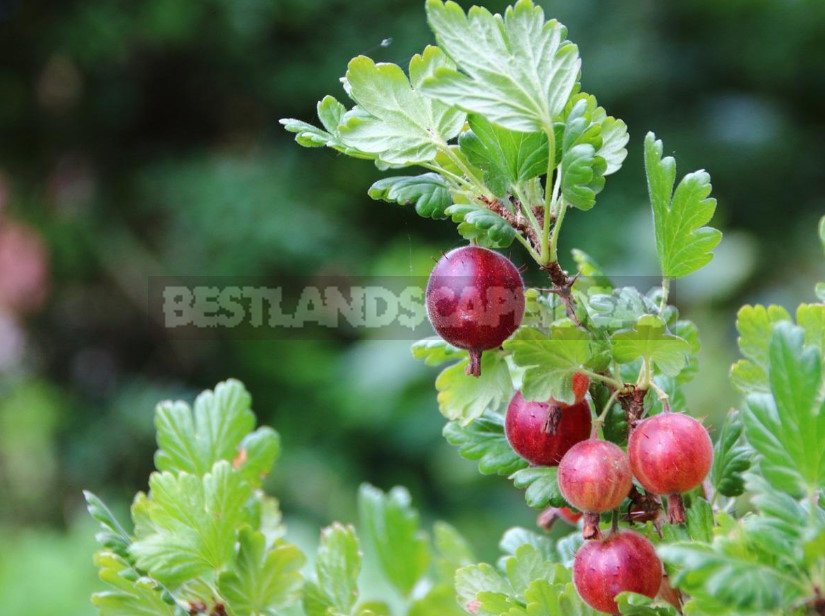
With the arrival of autumn, all the plants, including berry bushes in our garden begin to prepare for winter. And the task of the gardener-to help them in this. To plants safely survived the winter and next year grew well and thanked a rich harvest, autumn is necessary to take care of them.
At the end of the summer season berry bushes require the following:
- clipping,
- additional fertilizing,
- treatment of diseases and pests,
- irrigation.
Clipping
All berry bushes require annual pruning even more than fruit trees. They grow quickly, very soon there is thickening of bushes, so if you do not carry it out in a timely and regular manner, it will lead to a significant reduction in yield. Here we will talk about the pruning of adults, already formed bushes. Its task is to remove old, sick, thickening or weakened shoots, improve the lighting of the whole Bush.
Pruning is usually carried out after falling leaves. Do not be afraid to remove the excess, especially if the Bush has not been cut. It is better to carry out a strong pruning than to leave the Bush excessively thickened: in this case, the crop will always fall.
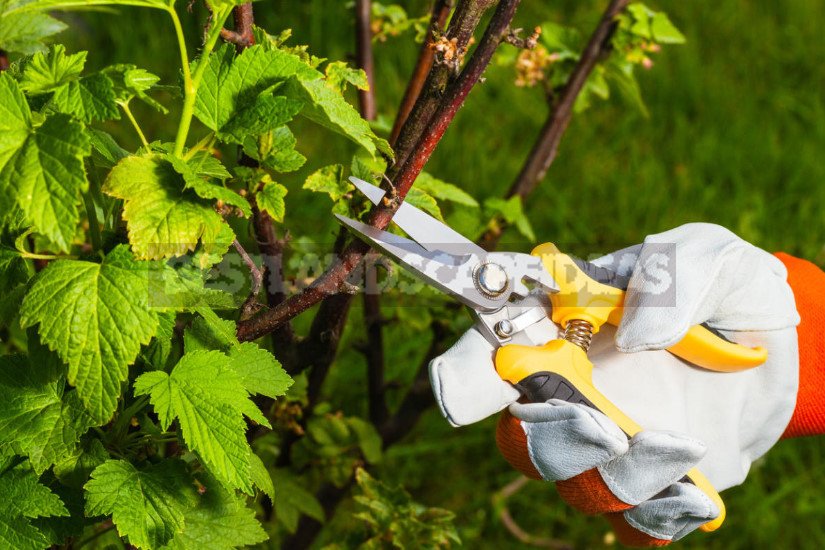
The bushes on the root neck is a lot of sleeping buds, so pruning stimulate their awakening and growth of shoots in the spring of next year. In addition, it contributes to the overall rejuvenation of plants, which significantly prolongs their life.
Conducting pruning old branches, make the cut as low as possible on the ground level, leaving stumps – they can easily settle the pests, or will develop the disease. All cut branches and fallen leaves are better to burn. The main tools you will need are a pruner and a garden saw. Consider the features of some berry bushes.
Raspberry
Cut off the shoots of raspberries need to be fertile in the summer, immediately after harvest. But if this procedure is not carried out on time, now is the time to do it. In raspberries cut out all the old shoots and some young, very thickening Bush. Also remove the thin, weak pastures.

Black currant
Pruning is carried out based on the age of the plant. Adult formed and fruiting black currant Bush should have 3-4 branches at the age of 1 to 5 years. Only that Bush should be 15-20 different ages of shoots.
Pruning of such a Bush is carried out as follows:
- cut out all branches older than 5 years-they are easy to distinguish, it is the thickest branches with black bark;
- inside the hive and remove severely matted thickening shoots;
- remove all branches touching the ground;
- remove dried and diseased branches;
- young (zero) shoots, replacing the old, cut to 1/3-this will strengthen their branching.
The best harvest happens on 2-3-year branches, it is necessary to maintain balance of shoots of all ages on a Bush.
Red and white currants
These shrubs are a little different cropping. This is due to a different cycle of development and fruiting. Their skeletal branches bear fruit longer – up to 6-8 years. Adult, shaped according to the rules Bush must have 10-12 well-developed strong branches of different ages (about 2-3 each).

Cut out all shoots older than 7-8 years, already infertile branches and necessarily all patients affected by pests and thickening the center of the Bush. Leave 3-4 of the most developed annual branch. Since most of the red currants fruit buds laid in the upper parts of the shoots, shorten annual branches in any case impossible.
Gooseberry
Pruning of gooseberries is similar to pruning of black currant. Since it forms the main crop on 2-3-year-old shoots, it is optimal if the adult Bush is developed 15-20 different-aged branches. But gooseberries have a greater number of zero shoots, that is, the bushes are more prone to thickening. Therefore, they need to be thinned regularly.

Annually it is necessary to leave only 2-3 of the strongest of the zero escape. Shoots of the current year to shorten by 1/3. In addition, in the autumn cut out all the oldest (older than 8 years) branches. Remove shoots that give a weak harvest, as well as dry, sick and too thin (berries they will not).
Running the bushes
If the garden is running shrubs, long time left without pruning, they need to be treated more carefully. They usually have a lot of old, almost infertile branches, they are strongly thickened, the growth of young shoots is weak.
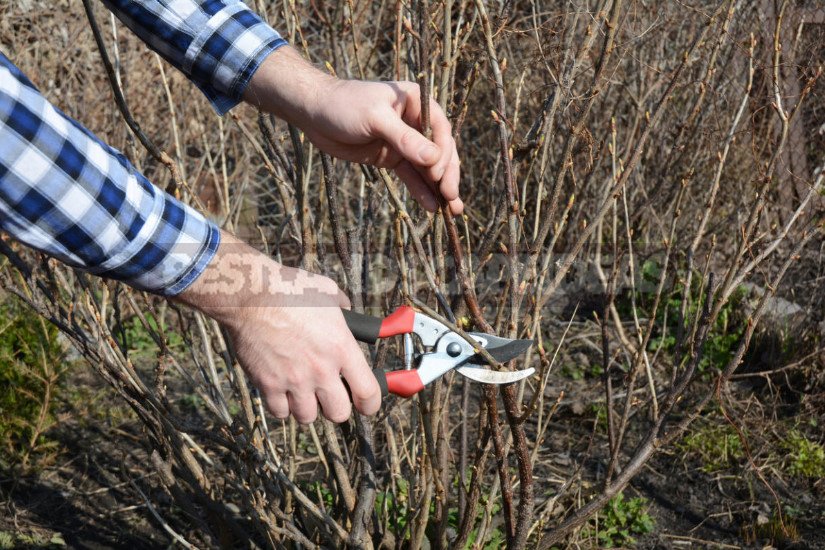
To restore the old bushes do the following:
- carry out thorough ” cleaning – – cut out all dry and broken branches;
- remove internal shoots, thickening the Bush;
- clean hanging down to the ground and low branches;
- cut out excess annual branches, leaving 3-4 for replacement;
- cut off 3-4 old branches as low as possible.
Cutting old shoots, as well as sprinkling earth and mulching material under the Bush will cause the formation of new strong zero shoots that will gradually replace all the old branches.
Autumn feeding
Late autumn fertilizing strengthens the root system of plants, helps to survive the winter and give next year a bountiful harvest. The last fertilization should be carried out in September-October.
If throughout the season the bushes received a sufficient amount of nitrogen fertilizers, then in the autumn feeding it should not be. But you should know that at the end of summer, the plants resume root growth, and a small amount of nitrogen at this time will not hurt them. You need to add it only if the bushes did not receive it in the summer.

Mostly autumn the plants provide phosphorus-potassium fertilization. It can be a double superphosphate and potassium sulphate 1-2 tablespoons under a Bush. Good potash fertilizers-potassium sulfate (contains 50% potassium oxide) and potassium-magnesium sulfate (contains 25% potassium and about 15-18% magnesium).
Fertilizers are laid in small grooves on the projection of the crown of the Bush, after which it is watered. Already after fertilizing with mineral fertilizers, in October, under the bushes it is very desirable to make compost or rotted manure.
Winter watering
Well-moistened earth helps plants to survive the winter easier, increases their endurance to frost. Also, moist soil better conducts heat from the lower layers of the earth to the roots of plants. But it should be remembered that excessively moist soil can, on the contrary, displace all the warm air. In this case, the roots of plants begin to suffocate, which leads to their death.

Therefore, you need to look at the state of the soil: if the autumn rains and the land is moist enough, then watering should not be carried out. But if during August-September there was no rain at all, the land dried up, it is necessary to conduct winter watering. Under each adult Bush in this case, you need to pour at least 40 liters of water (4 buckets).
Treatment of diseases and pests
After falling leaves all fallen leaves should be collected and burned to destroy the hidden insects, their eggs and larvae, as well as spores of fungi. After all the above treatments (pruning and fertilizing) the bushes need to be sure to handle pests and diseases. What I process bushes in the fall?
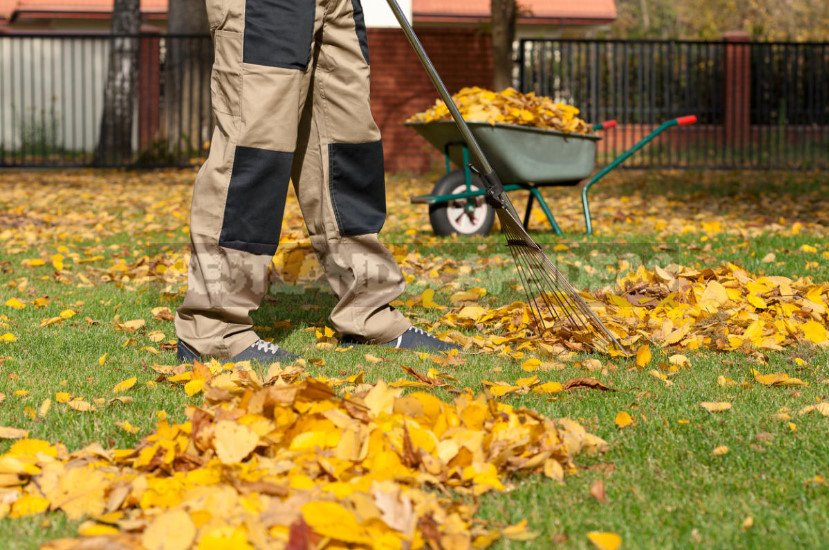
- Urea
Urea helps to cope with diseases such as scab, Monial burn, purple spotting. For processing need large doses of 500 g of urea per 10 liters of water to this solution to great effect is added 50 g of copper sulfate. This composition will help to cope not only with infections, but also with harmful insects.
- Soda-soap solution
For the treatment of shrubs you can use soda ash (350 g per 10 liters of water) with addition of 35 g of soap — all carefully stir. This composition helps from most infectious diseases and harmful insects.
- Copper and iron preparations
From many diseases currant bushes, gooseberries and raspberries are treated with copper preparations – copper sulfate. Copper sulfate is part of the Bordeaux mixture: 100 g of vitriol + 100-150 g of lime per 10 liters of water. Also in late autumn, treatment with iron sulphate is carried out.
If the plants were sick
Special attention should be paid to those plants that have been exposed to excessive summer diseases and pests. If with a healthy berry bushes all the above activities are carried out preferably, with sick — a must!
In the case of the development of a disease, it is necessary to cut, collect and destroy all the affected plant residues, and the plant itself is carefully treated with one of the above drugs. In severe cases the plant is better to completely dig up and burn.
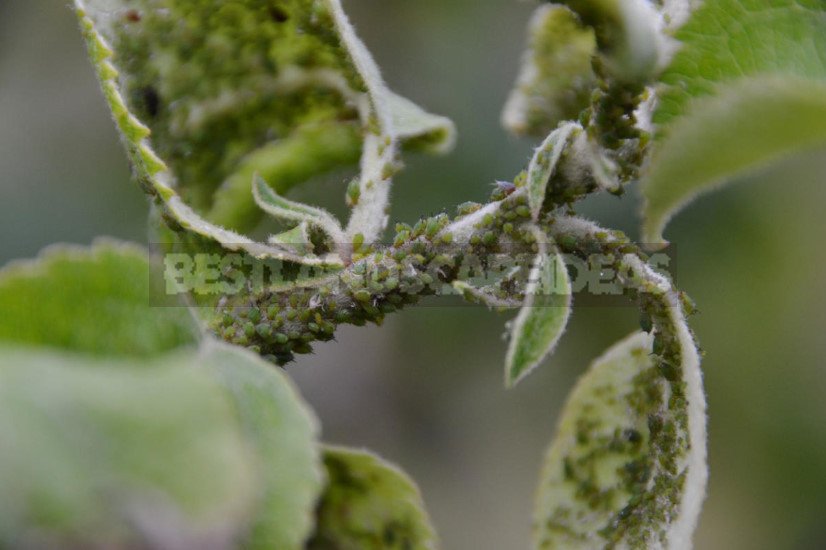
In some years, there is a massive invasion of any pest, for example, aphids on berry bushes. In September, until the plants have not dropped the leaves, populated with aphids, should be treated with one of the chemicals.
At this time, against aphids and eggs laid by it, you can use systemic chemicals – the strongest and most effective. Now they are absolutely not dangerous, as the harvest is collected, and until the next season from them there will be no trace.
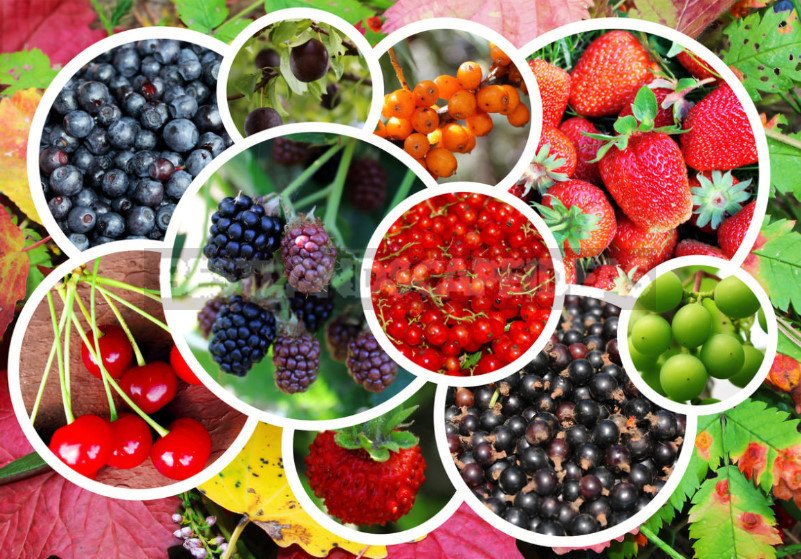
Now there is still enough time to carry out all the necessary procedures for the care of berry bushes. Take care of them, and next year they will thank you with a rich harvest!
Dear readers and gardeners, and how you look after the bushes in the fall, what top dressing and processing you carry out? Share it in the comments.
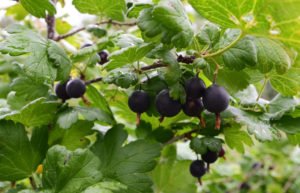

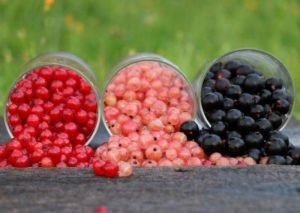
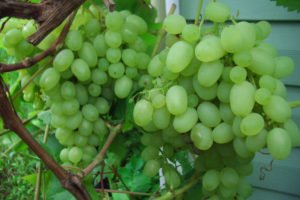
Leave a Reply